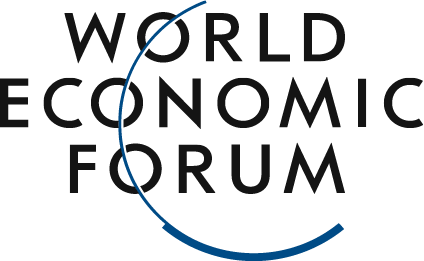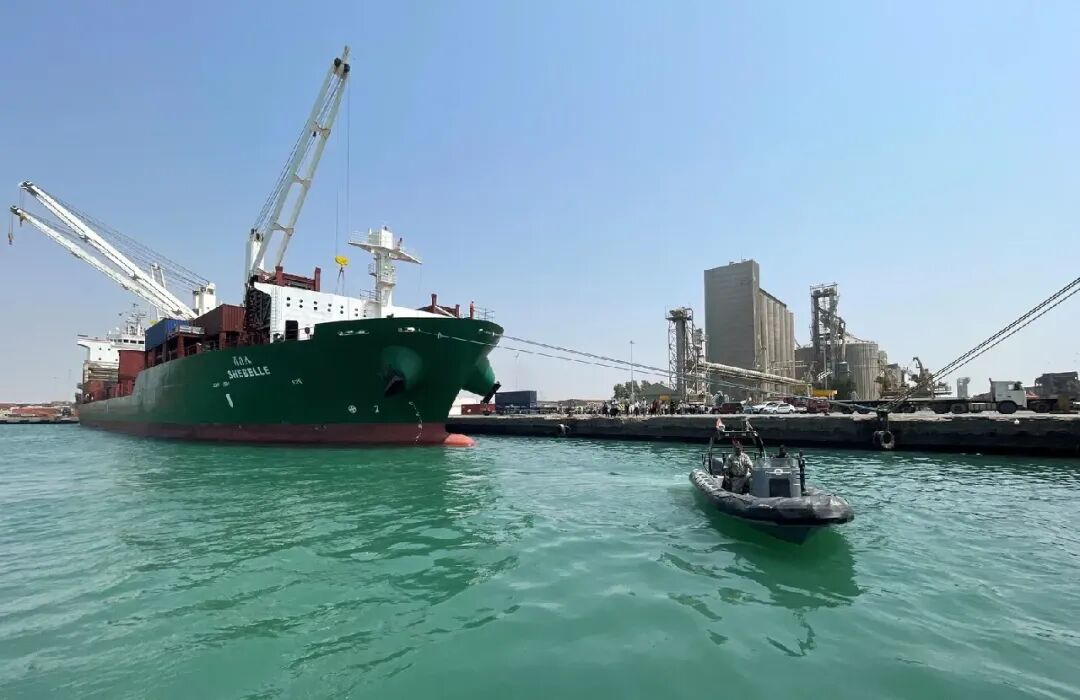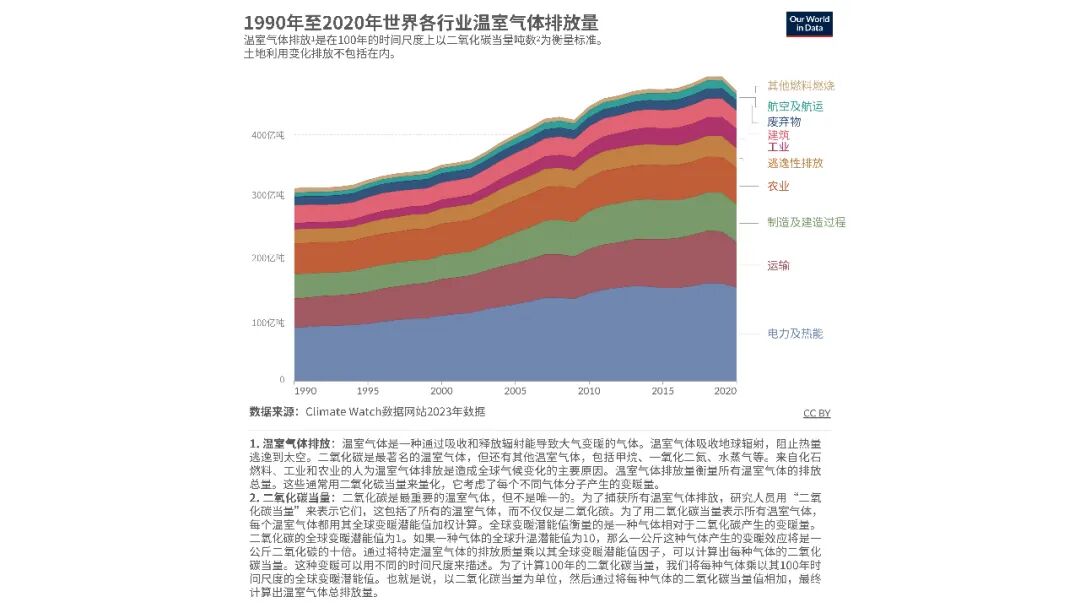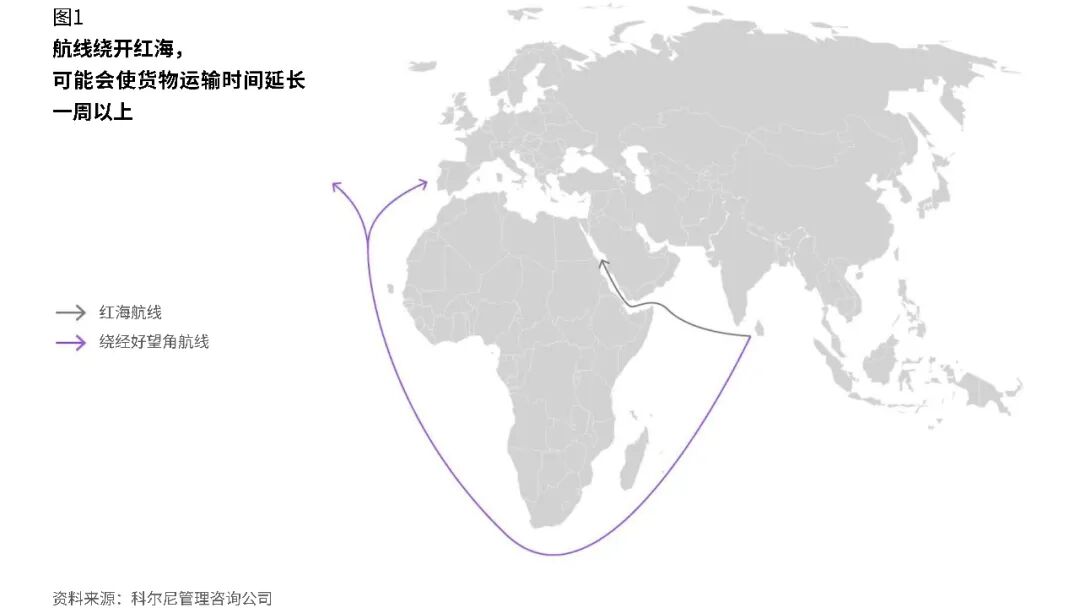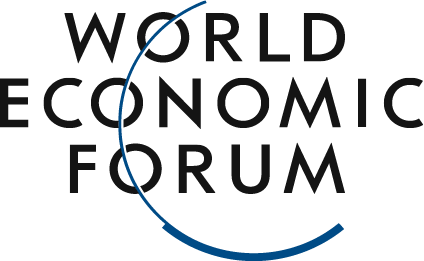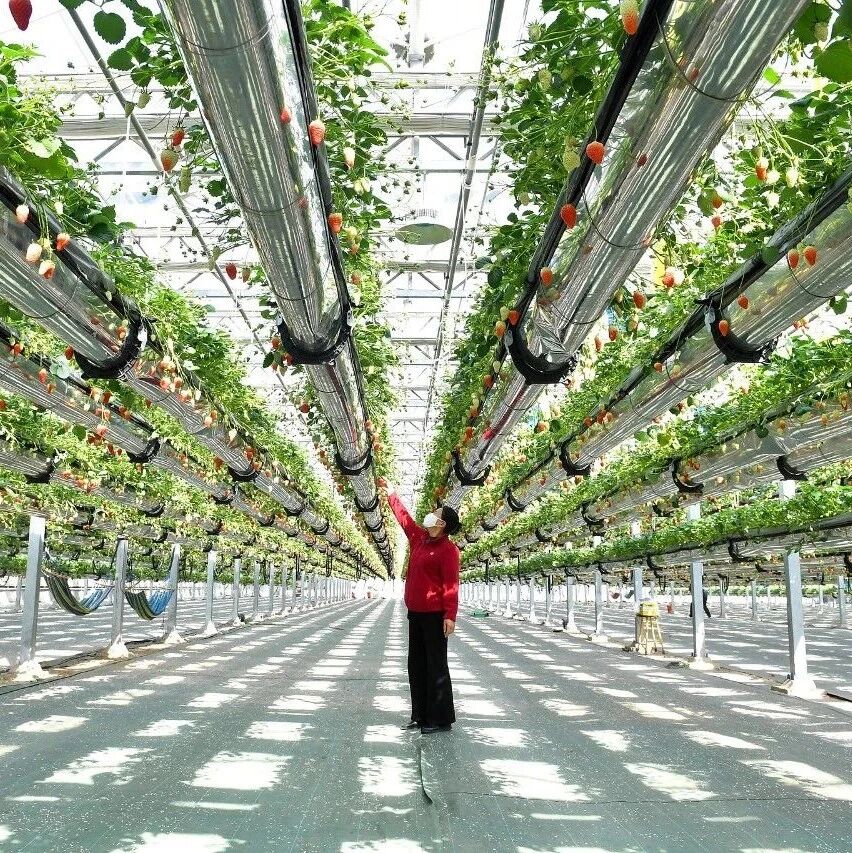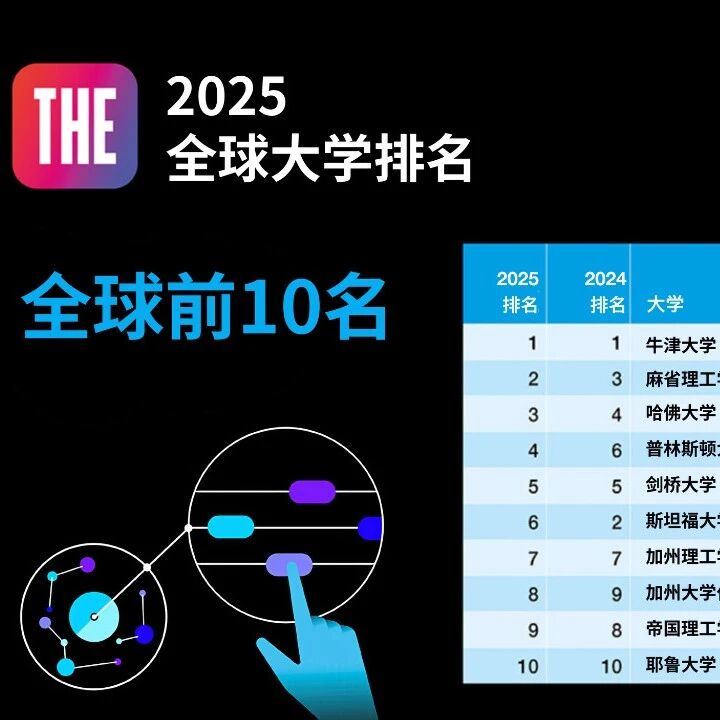For geopolitical reasons, ships are being forced to avoid the Red Sea and the Suez Canal, resulting in increased challenges related to transit time, higher costs, and greater emissions.
Image source:REUTERS/Khaled Abdullah
Laia Barbarà
Head of Net-Zero Climate Strategy at the World Economic Forum
Claudia Galea
Kearney's Global Director of Sustainability
Geopolitical tensions continue to escalate, and national conflicts are triggering ripple effects that are impacting every aspect of global politics, society, and the environment.
In 2024, we will face significant geopolitical events that will impact carbon emissions.
Faced with these tense situations, countries must find ways to prioritize collective efforts and cooperation in tackling climate change.
In today’s complex global landscape, geopolitical tensions are profoundly impacting industries across the board. These tensions are triggering ripple effects that touch on political, economic, social, and environmental dimensions—challenges that are deeply interconnected, influencing not only governance structures but also disrupting the delicate balance of our ecosystems in unforeseen ways.It is widely believed that for decades, the global economy has relied on supply chains—powerful and dependable systems that have driven economic growth. However, ongoing geopolitical conflicts are now threatening the delicate balance of trade between producers and consumers.The turmoil in the Red Sea has sent shockwaves through the commercial shipping industry, as vital maritime routes—critical to both shipping and global trade—have been disrupted. This not only deals a severe blow to the shipping sector but also has unmistakable implications for the global economy, affecting everything from delivery timelines to the availability of goods. Meanwhile, the Russia-Ukraine conflict has caused significant disruptions as well, with its impact particularly evident in commercial passenger and cargo flights, forcing airlines to reroute their original paths.3%
Image source:Our World in Data
,
The concentration of supply for critical minerals poses a threat to global economic stability, people's well-being, and national security, while also having profound implications for carbon emissions. For instance, when examining key battery materials like lithium, cobalt, and graphite, an alarming fact emerges: According to an analysis by Kearney Management Consulting, certain countries control at least 60% of one or more stages in the global production process for these materials. Notably, Australia, Chile, and China rank as the top three players in this arena. Such a high level of control not only jeopardizes economic stability but also raises serious concerns about environmental sustainability.The U.S. Department of Defense has identified 37 critical minerals, over half of whose global production relies on just one country—exacerbating the challenge of ensuring a stable and sustainable supply of these resources. This concentration not only jeopardizes resilience in the wake of supply chain disruptions but also limits the adoption of more diverse and sustainable practices in extracting and producing these vital materials, ultimately contributing to increased carbon emissions.Addressing these vulnerabilities is not only a matter of economic prudence but also a critical step in mitigating the environmental impacts associated with today's concentrated supply chains.4. Mutual Dependence in the Supply ChainThe need to enhance supply chain resilience and sustainability convincingly underscores the indispensable role of government involvement and international cooperation. Relying solely on market forces is insufficient—building a new framework for supply chain resilience requires collaborative efforts among like-minded nations.While geopolitical conflicts pose challenges, they also create a unique opportunity to advance these frameworks for international cooperation. The strategic approach involves expanding global value chains—particularly in critical manufacturing sectors—by establishing alternative suppliers outside the region to produce semiconductors, electronics, automobiles, batteries, and electric vehicles. To mitigate disruptions, it’s also essential to adjust buffer inventory levels, stockpile key components, and strengthen air cargo capabilities.A robust supply chain risk analysis framework involves a comprehensive assessment of the entire supply chain to identify and evaluate potential risks at each stage—often requiring an evaluation of risks stemming from geopolitical tensions, economic volatility, and environmental concerns. By providing a holistic view of supply chain risks, companies fulfill a dual purpose: prioritizing risks based on geopolitical dynamics while simultaneously addressing key sustainability objectives.Meanwhile, the concept of the blue economy has emerged as a key strategy, emphasizing the sustainable use of marine resources. This holistic approach focuses on three critical elements: greenhouse gas emissions, trade, and economic development. By fostering such international collaboration and adopting integrated strategies, we can unlock a transformative opportunity to strengthen supply chains against disruptions—while simultaneously advancing global Sustainable Development Goals.In today's global landscape, conflicts across multiple fronts continue to escalate, revealing how geopolitical tensions are unexpectedly shaping developments from every angle. As nations prioritize their strategic interests over collective efforts to tackle climate change, geopolitical competition and rivalry have inadvertently become key drivers of environmental degradation.These geopolitical conflicts are no longer just disruptive—they also pose a strategic challenge to global trade, undermining progress toward the Sustainable Development Goals and exposing new vulnerabilities. Both the Red Sea conflict and the Russia-Ukraine war have highlighted the fragility of global supply chains, particularly at critical bottlenecks, driving up costs, intensifying operational challenges, and exacerbating the growing negative impacts on the climate.Short-term policies such as price adjustments and route replanning can address immediate impacts, but there’s still room for improvement when it comes to ensuring sustainability and supply chain resilience. The transformation ahead involves shifting toward regional supply chain management—such as nearshoring based on the type of goods and services, as well as balancing multimodal transportation options. To prepare for these disruptions, businesses must prioritize real-time supply chain monitoring, build supply chain resilience, and adopt comprehensive sustainability strategies.Despite the dire situation, there remains a glimmer of hope. This crisis presents leaders with a unique opportunity to swiftly adapt and reorient global trade and climate strategies amid escalating regional uncertainties. The intersection of geopolitical dynamics and environmental challenges underscores, from yet another perspective, the urgent need for the international community to prioritize multilateral cooperation and sustainable practices—crucial steps in addressing the pressing impacts of climate change in our increasingly interconnected world.Sustainability can serve as a catalyst for change. Achieving sustainable development not only fosters inclusive economic growth but also helps strengthen peace and stability.
The above content solely represents the author's personal views.This article is translated from the World Economic Forum's Agenda blog; the Chinese version is for reference purposes only.Feel free to share this on WeChat Moments; please leave a comment below the post if you’d like to republish.
Translated by: Wu Yimeng | Edited by: Wang Can
The World Economic Forum is an independent and neutral platform dedicated to bringing together diverse perspectives to discuss critical global, regional, and industry-specific issues.
Follow us on Weibo, WeChat Video Channels, Douyin, and Xiaohongshu!
"World Economic Forum"
